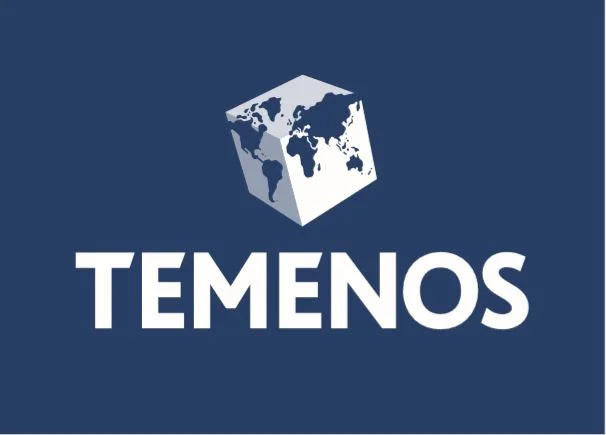DeFi
Dec 18, 2024
Top Stories
Top Stories
Top Stories
Top Stories
Top Stories
DeFi
Temenos, the global core banking software provider, has fully integrated with Taurus’ custody solution, allowing banks to seamlessly create crypto wallets and transfer assorted digital assets.

DeFi
Dec 18, 2024
Temenos, the global core banking software provider, has fully integrated with Taurus’ custody solution, allowing banks to seamlessly create crypto wallets and transfer assorted digital assets.

Load More Articles
Load More Articles
Load More Articles